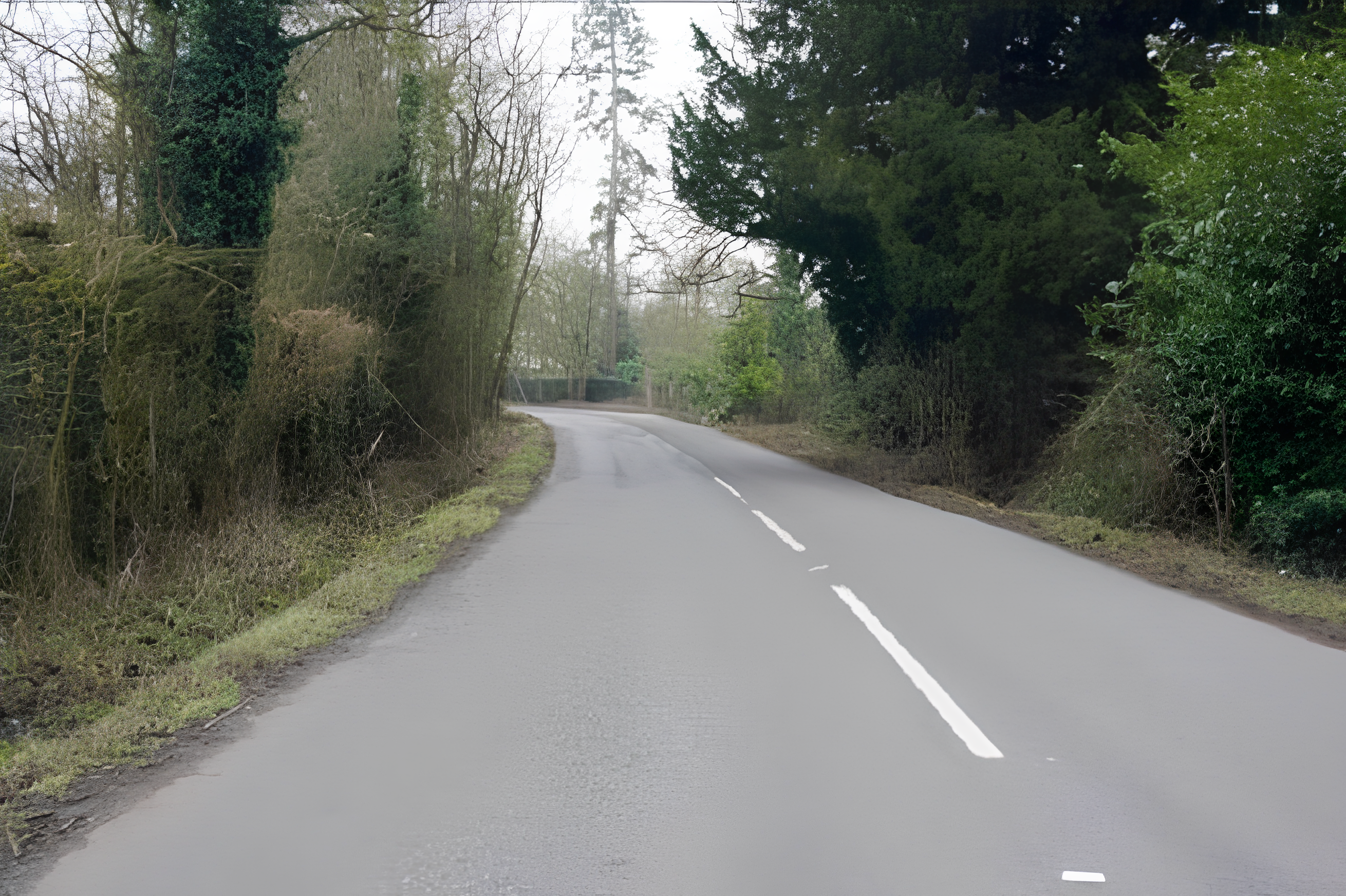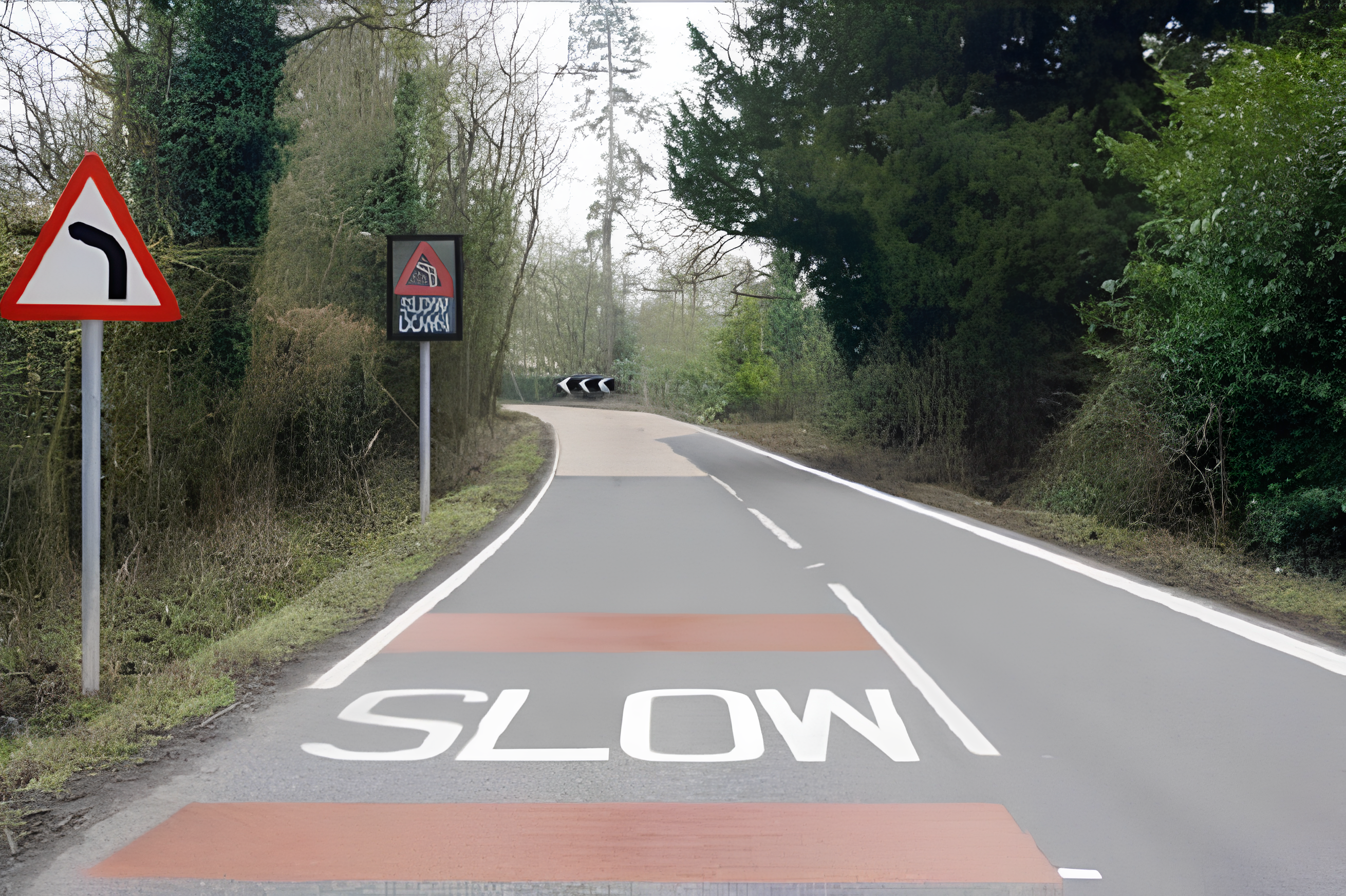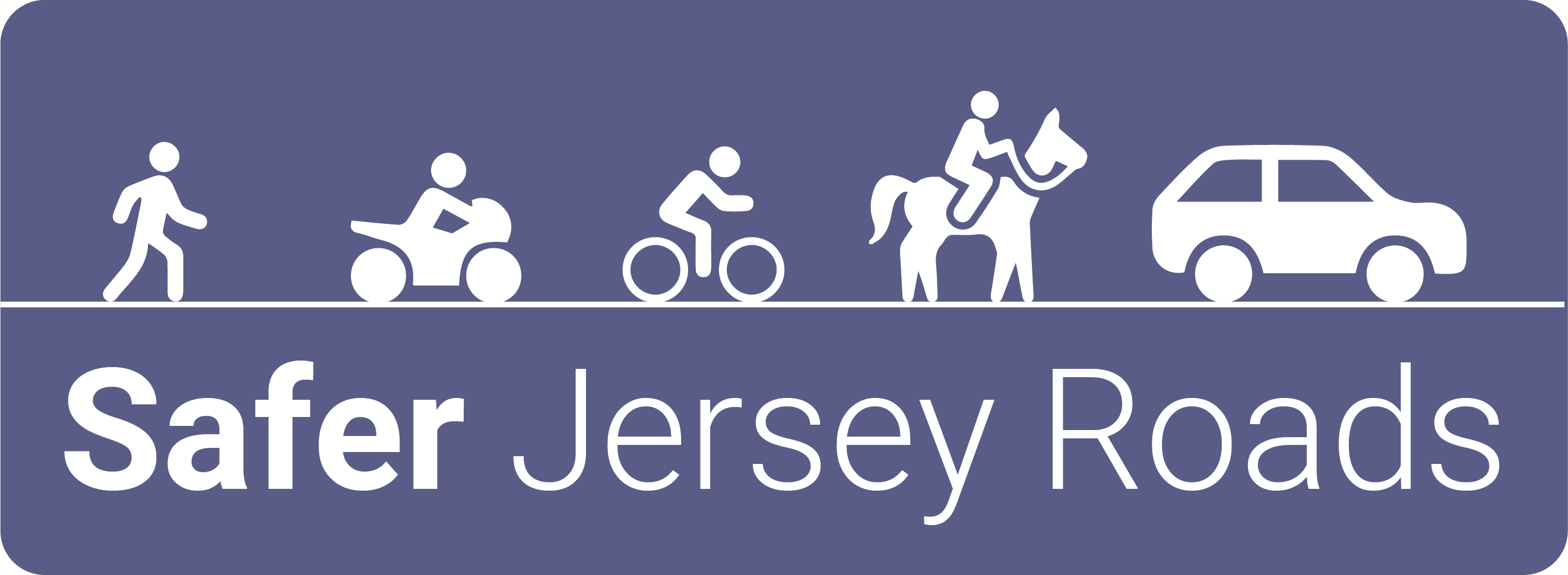Safe Roads
Safe Roads are essential for enhancing the safety and usability of our road network. Jersey’s roads, many of which were originally built for horse-drawn carriages, are narrow, with winding lanes and limited pedestrian pavements. This unique infrastructure presents specific challenges for road safety.
On this page, you will find information about safe roadside features and practical safety tips for traveling on roads without pavements or bike lanes, the importance of clear signage and road markings with depictions and descriptions, as well as an example of how engineering solutions can drastically enhance the overall safety of a road.
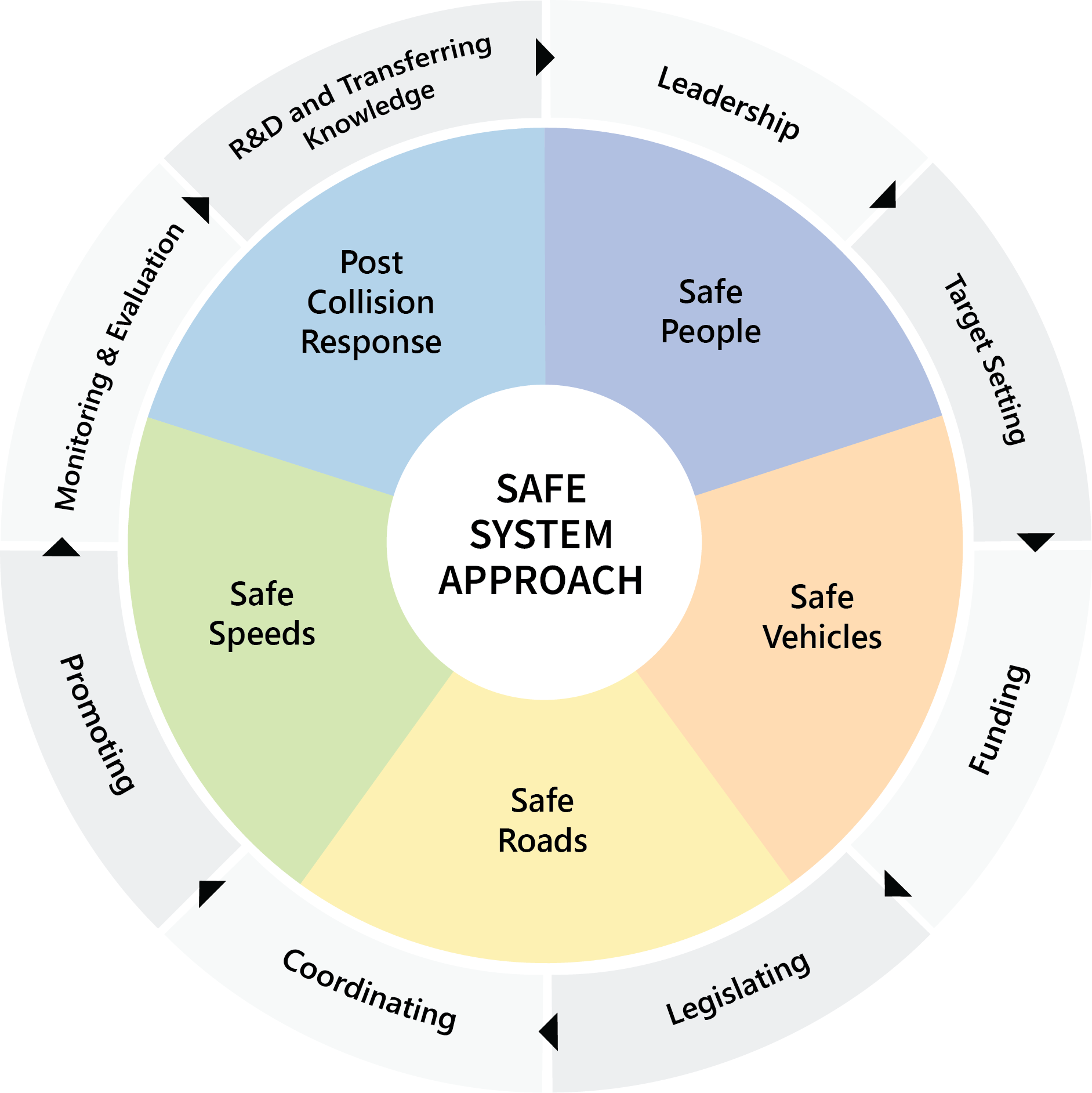
Safe Roadside Features
Safe roadsides play a vital role in reducing the severity of collisions when vehicles leave the carriageway. By keeping roadsides clear of hazardous obstacles and incorporating protective features like guardrails and barriers, we can significantly minimise the risk of serious injury. These features act as a safety net, absorbing impact and guiding vehicles back onto the road where possible.
Designing roadsides with safety in mind ensures that even when mistakes happen, the consequences are less severe, protecting both drivers and passengers. Where possible, incorporating dedicated bike lanes and well-maintained pavements helps keep cyclists and pedestrians away from fast-moving traffic, reducing the likelihood of collisions.
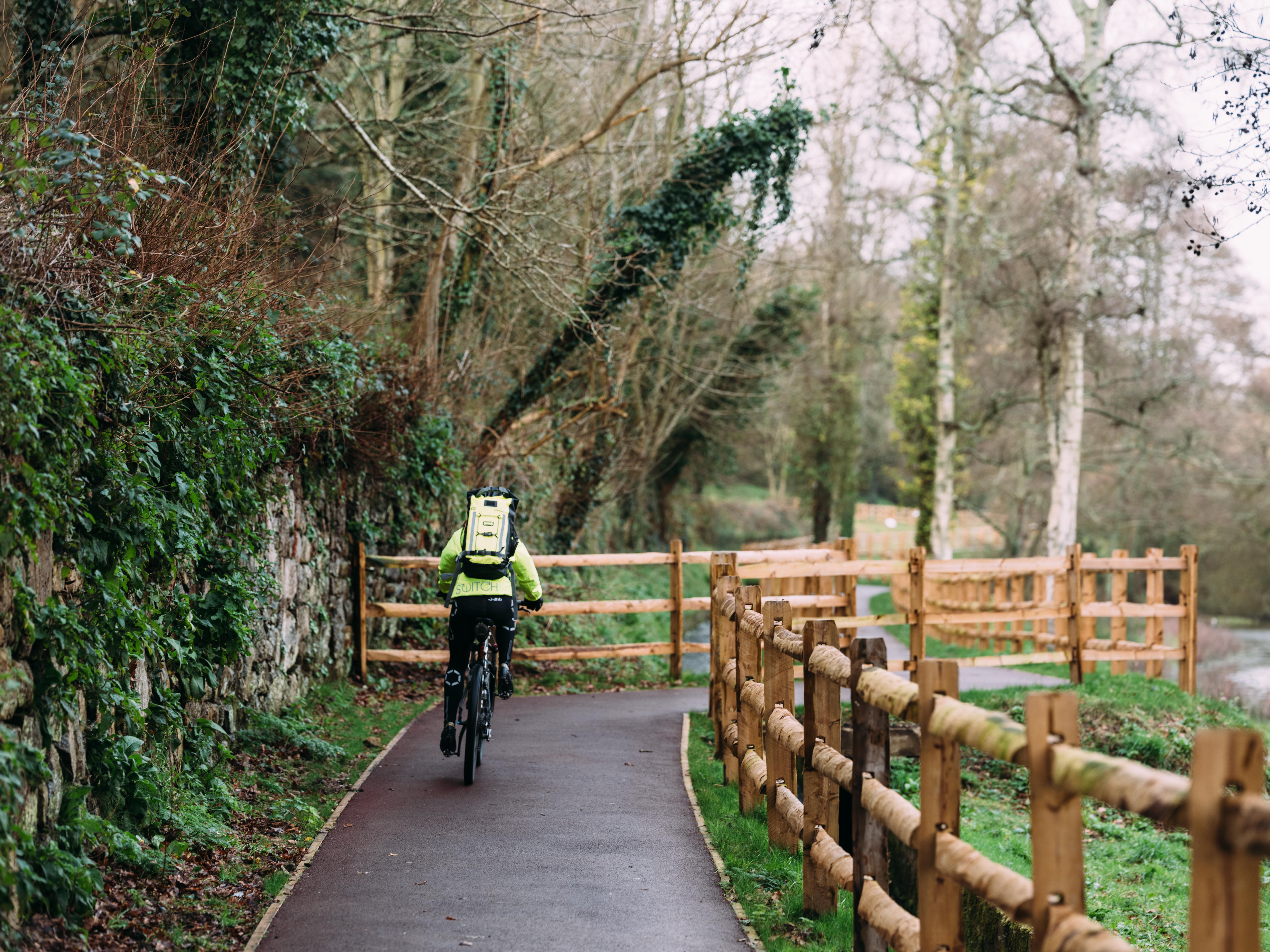
When these lanes or pavements aren’t available, extra care is needed from everyone using the road:
-
Cyclists should:
Ride predictably
Use lights and reflectors in low-visibility conditions
Use a bell or vocals to alert pedestrians when overtaking them
Avoid riding too close to the edge of the road to avoid hazards such as uneven surfaces -
Pedestrians should:
Walk facing towards the traffic and stay as far to the side of the traffic as possible
Wear bright or reflective clothing at night
Carry a torch when traveling at night
Only cross at safe, designated locations
Keep headphones and mobile phone use to a minimum to stay aware of your surroundings -
Motorists should:
Remain vigilant and anticipate the presence of other road users
Slow down near cyclists and pedestrians, and give both plenty of space if passing
Avoid using your horn near cyclists or pedestrians unless absolutely necessary
Signage and Road Markings
Effective road signage and clearly maintained road markings serve as the backbone of a safe road network. They offer essential alerts: highlighting bends, crossings, and speed limits that help all road users anticipate hazards and make informed decisions. By ensuring signs are legible and markings remain visible in all weather conditions, we minimise confusion, reduce risk-taking, and encourage safe driving habits.
Through consistent upkeep and strategic placement of signage and markings, we create an environment where drivers can focus on the road ahead and vulnerable users feel protected.
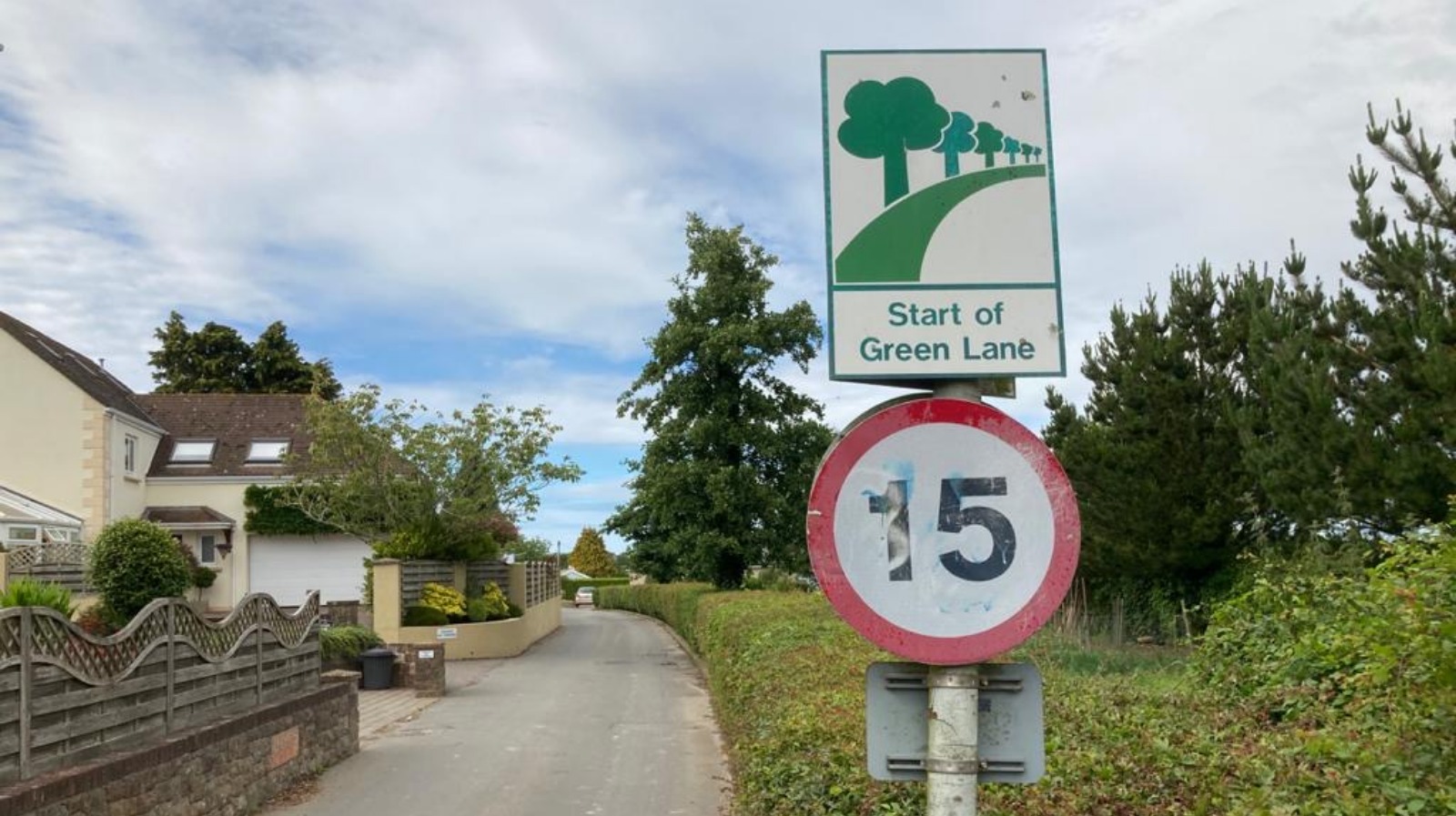

To learn more about Jersey’s specific road signs and markings, please click here.
Engineering Solutions
Road design and infrastructure improvements, such as traffic calming measures, are implemented to encourage compliance with speed limits, reduce speeding, and create safer environments for all road users.
Before and After
The image below illustrate the transformation of roads without safety calming features into a safer and more comprehensive part of road infrastructure.
